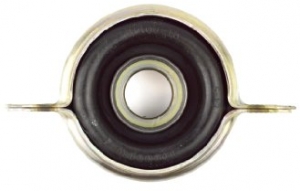-
Welcome to Tacoma World!
You are currently viewing as a guest! To get full-access, you need to register for a FREE account.
As a registered member, you’ll be able to:- Participate in all Tacoma discussion topics
- Communicate privately with other Tacoma owners from around the world
- Post your own photos in our Members Gallery
- Access all special features of the site
Quick Links: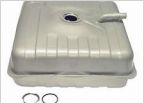 Auxiliary Fuel Tank (Spare Tire Area) Parts and Build Ideas
Auxiliary Fuel Tank (Spare Tire Area) Parts and Build Ideas 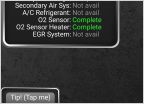 5VZ-FE, 3.4L V6, Detailed Post on Performance Problem. Please, PLEASE Offer Informed Input
5VZ-FE, 3.4L V6, Detailed Post on Performance Problem. Please, PLEASE Offer Informed Input  Need some WiFi tech help to keep me in the mountains!
Need some WiFi tech help to keep me in the mountains! 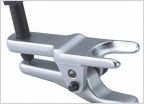 Tie rod end removal (2nd Gen) 2015 Wiring
Tie rod end removal (2nd Gen) 2015 Wiring 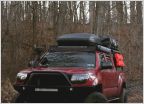 DIY TRUE BOLT ON Cheap Ebay Longbed Flares on a Shortbed!
DIY TRUE BOLT ON Cheap Ebay Longbed Flares on a Shortbed!
By BY
Discussion in 'Technical Chat' started by gearcruncher, Nov 24, 2020.








